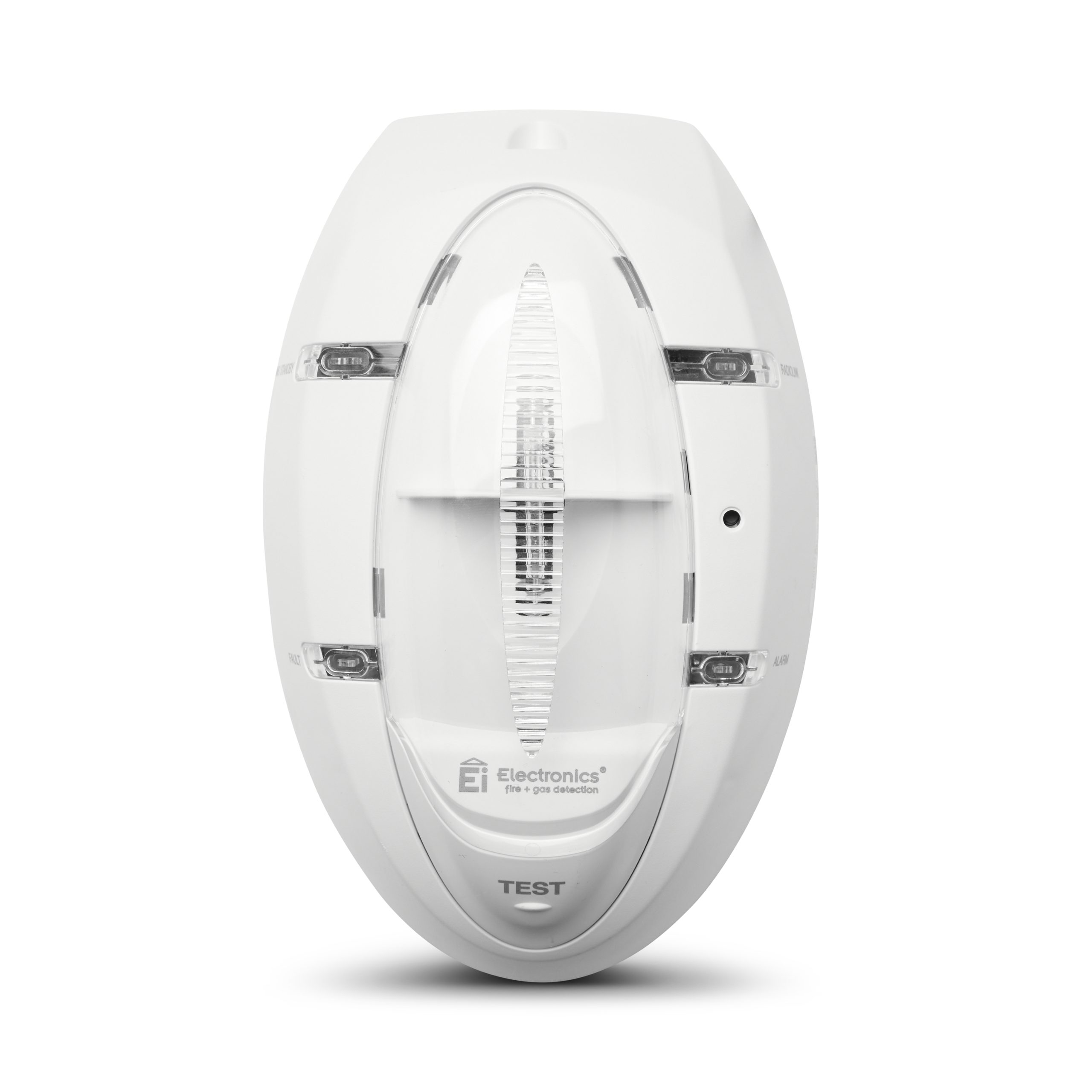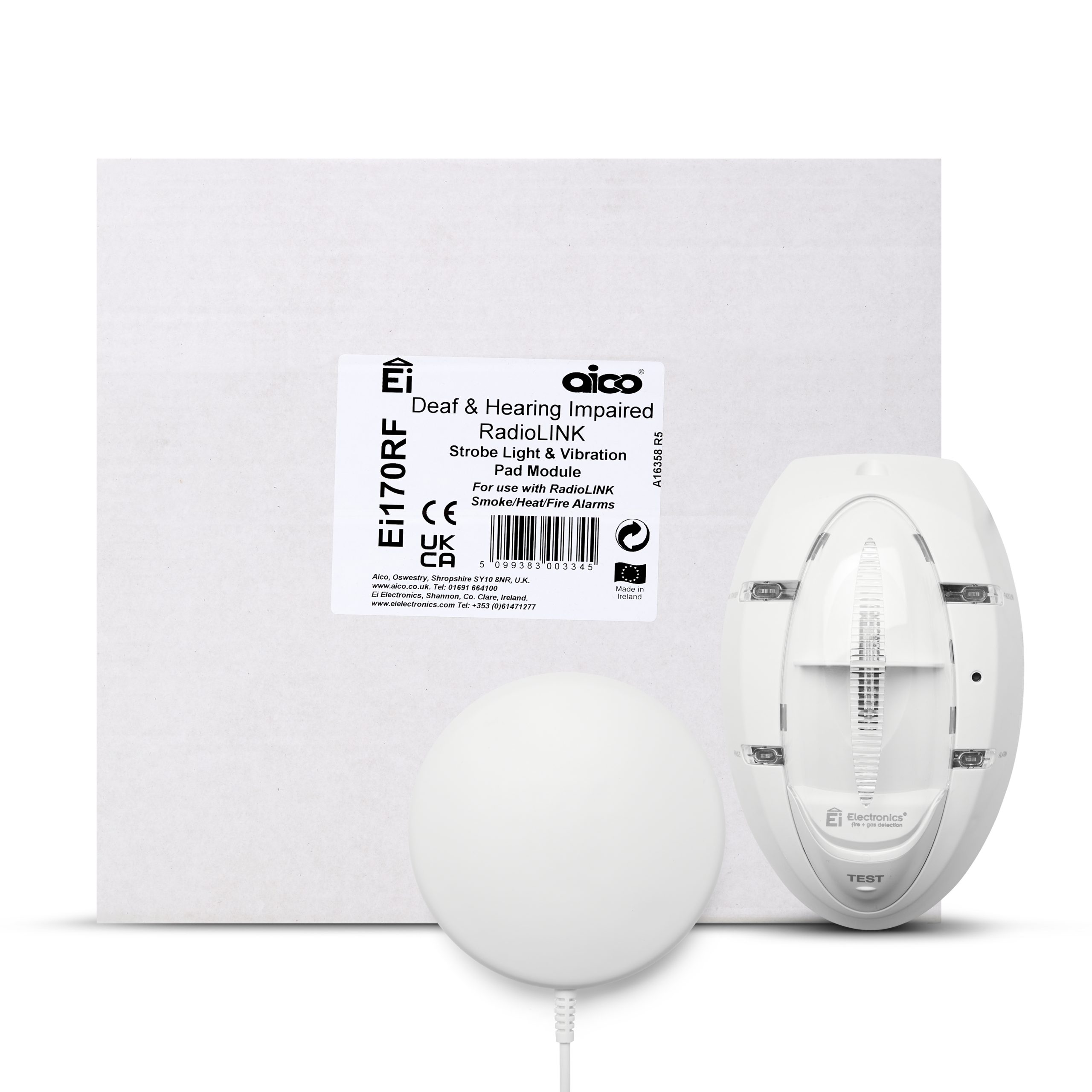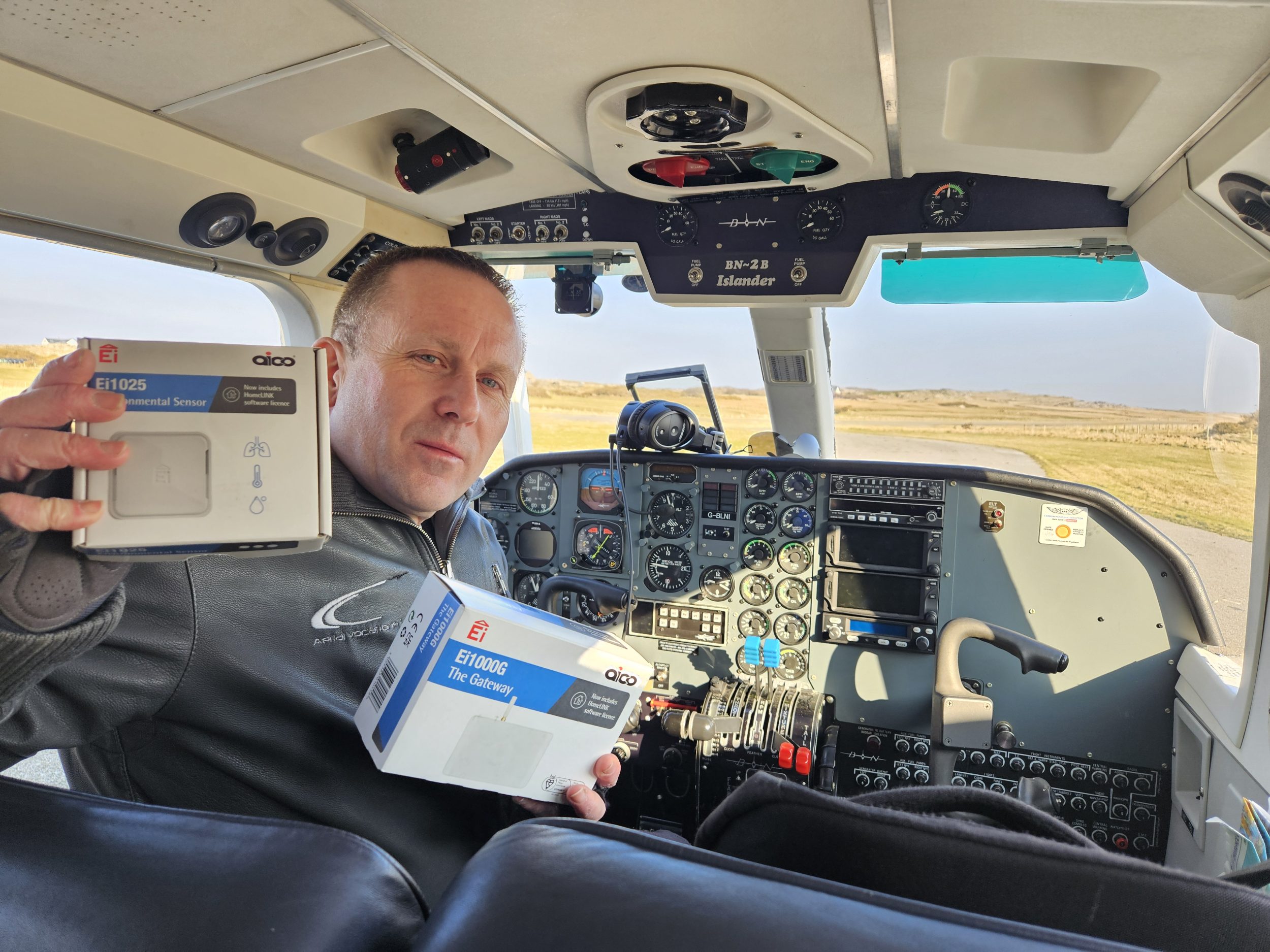Fire Safety for Disabled Tenants


Posted On:
31st August 2023
Disabled tenants may struggle or be unable to detect emergency signals from fire alarms and have difficulty evacuating a building without support. According to the Office for National Statistics, 24.8 million households across England and Wales in 2021 housed at least one disabled person. Fire safety products should be specific to the tenant’s needs to ensure the best protection possible.
This content will detail fire safety risk assessments, building evacuation strategies, Personal Emergency Evacuation Plans (PEEPs), and fire safety measures that meet the needs of disabled tenants and the legal requirements. Aico is able to support social housing providers and landlords in delivering the correct fire safety solutions to disabled tenants and will discuss these methods following the sections below:
- Section 1 – Fire Safety Risk Assessments
- Section 2 – Evacuation Planning & Escape Options
- Section 3 – Legal Requirements
- Section 4 – Conclusion
Fire Safety Risk Assessments
A Fire Safety Risk Assessment should be carried out for each disabled tenant. It is imperative to recognise that vulnerable residents require different needs and capabilities, therefore, plans should be tailored to each disabled person. It’s essential to have all available support catered towards residents who have specific needs.
Fire Safety for hearing issues
Those who are deaf or hard of hearing should be able to identify when they need to evacuate the property. Standard fire alarms alert with audibility, however, hard-of-hearing residents will need alternative fire safety devices that can alert them in an accessible way. Someone with impaired hearing should preferably be alerted of an emergency exit and evacuation with the use of strobe lights and a vibration pad installed as part of the fire system.
When developing a Personal Emergency Evacuation Plan for tenants who are hard of hearing, the resident should be made aware of the evacuation procedures, such as where to go, the alternative routes and the location of the assembly point.
Fire Safety for sight issues
Elements of building design can support visually impaired residents to lead their own evacuation, such as high colour contrasts, step edge markings, different textured floor coverings and an escape staircase. The presence of such features will need to be informed to the tenant in the PEEP. Using escape routes as part of the general circulation space within the building will make those who are visually impaired more familiar with these routes.
Suitable instructions for the event of an evacuation should be made available in Braille, large print or on audio tape to be more accessible.
Fire Safety for mobility issue
Disabled people with mobility issues should preferably evacuate horizontally to the outside of the building, evacuate into another fire compartment or with a fire lift. Wheelchair users are considered to be most at risk during an emergency evacuation. However, in some instances, those who frequently use a wheelchair may be able to walk slightly to assist with their own escape. Relevant questions should be asked to assess the needs and ability of a person to determine appropriate measures.
Information on the implementation of handrails, distance of evacuation routes, opportunity for lift use if suitable, and any available support should be gathered to determine the measures to be put in place. Disabled people should not be forced to use parts of a building which would make an escape difficult in the event of a fire.
For more information on Fire Safety Risk Assessments, see: 9446 DCLG Fire Risk Means of Escape Insides.indd (publishing.service.gov.uk)
Evaluation Planning and Escape Options
A PEEP is a necessity for those with disabilities. The purpose of the PEEP is to set out the adjustments necessary for maintaining a person’s safety.
The more prepared people are in the event of a fire, the lower the risk there is to life. Special measures should be taken for those who are in need of them. For example, methods of escaping a building on the same level, or ensuring there are fire-safe zones when travelling horizontally on upper levels such as an area of refuge with fire-resisting doors.
Safeguarding Disabled Tenants
The Ei171RF RadioLINK Strobe Light provides visual warnings which signals to the deaf and hard of hearing when the alarm system has been activated. The strobe light is designed for use in daytime rooms, with a wide-angle lens for large signal output. This device is mains powered with a rechargeable lead acid battery back-up for continuous power in the event of a mains fault. Linking into the alarm system with Aico’s RadioLINK wireless interconnection technology, implementing the device into a system is simple and causes less disruption to residents.
Additionally, the Ei174 Vibrating Pillow Pad plugs into an alarm kit using the socket plug provided. When activated, the pillow pad pulses vibrations, alerting the resident through physical touch as opposed to audibility. Both the Ei171RF and Ei174 are available separately or together as the Ei170RF RadioLINK Alarm Kit for the Deaf & Hard of Hearing. At least one Radio Frequency Fire or Carbon Monoxide (CO) alarm is required to operate these products and must be house-coded with all devices. Smoke, heat and CO alarms throughout a property should be interlinked to alert disabled tenants of an emergency no matter which room they are in.
Legal Requirements
The Disability Discrimination Act 1995 (DDA) within The Equality Act 2010 imposes that organisations take responsibility for ensuring that all disabled people are able to leave the building safely in the event of a fire, including disabled people. It is the responsibility of the person(s) with authority in the building to carry out a Fire Safety Risk Assessment to establish an appropriate evacuation plan for the individual, and how the plan will be implemented.
Fire safety legislations such as Regulatory Reform (Fire Safety) Order 2005 requires that the Responsible Person considers the means of escape from fire by incorporating the recommendations of British Standard BS 8300-2 and the Fire Safety Risk Assessment: Means of Escape for Disabled People guide. In accordance with BS 8300-2, the nominated person must make practical arrangements and consult with the disabled person about their evacuation plan. These arrangements must be tested and must not include the use of lifts unless they meet the requirements of PD 7974-6.
Conclusion
During the event of a fire, the protection of persons depends on the speed and safety of your exit. Those with mobility, sight and hearing disparities may have more difficulty than those without when establishing an emergency or performing their evacuation, but the appropriate measures should be equally implemented to ensure that such tenants are protected and prepared at the same level.
You can read more about the Personal Emergency Evacuation Plans at the Government website.





